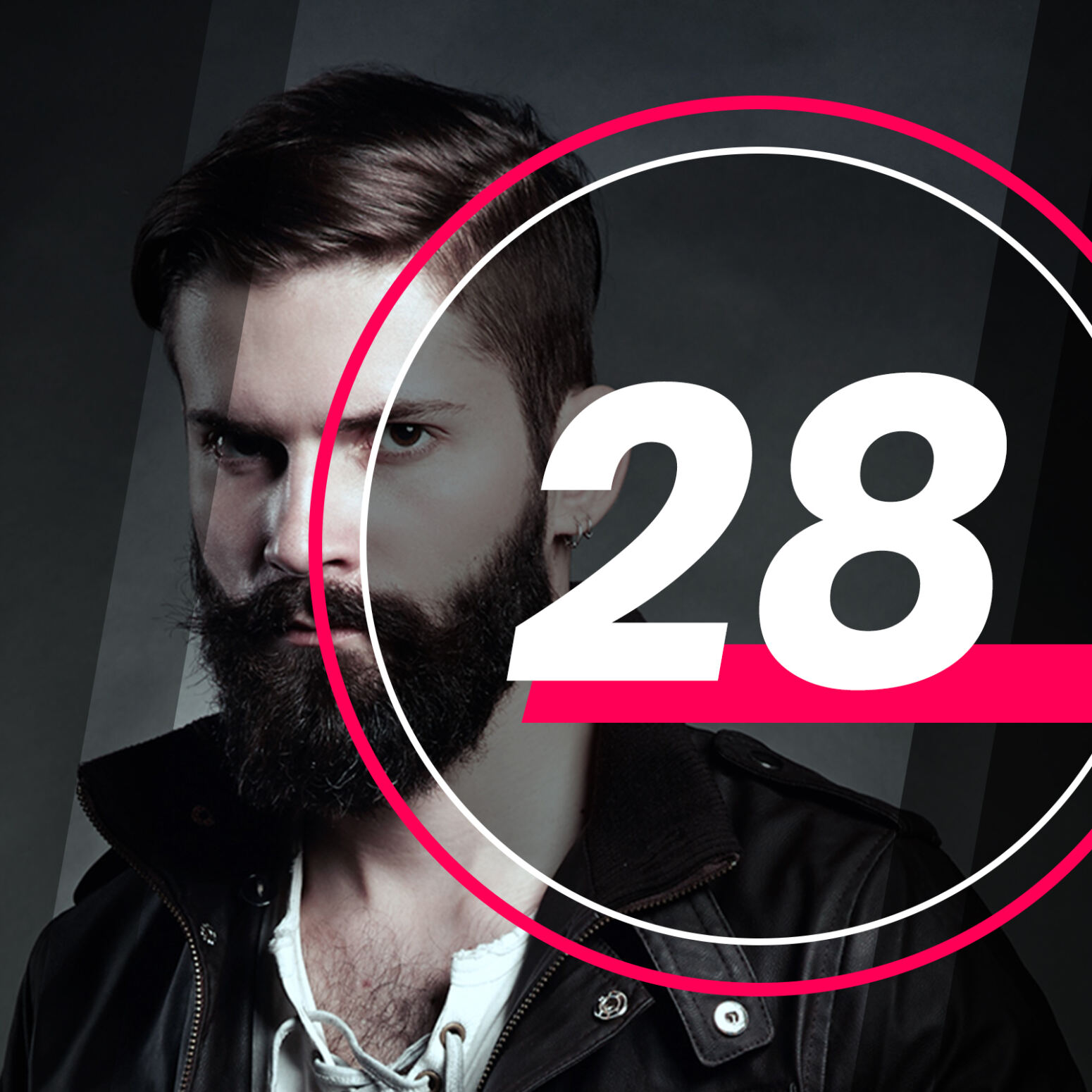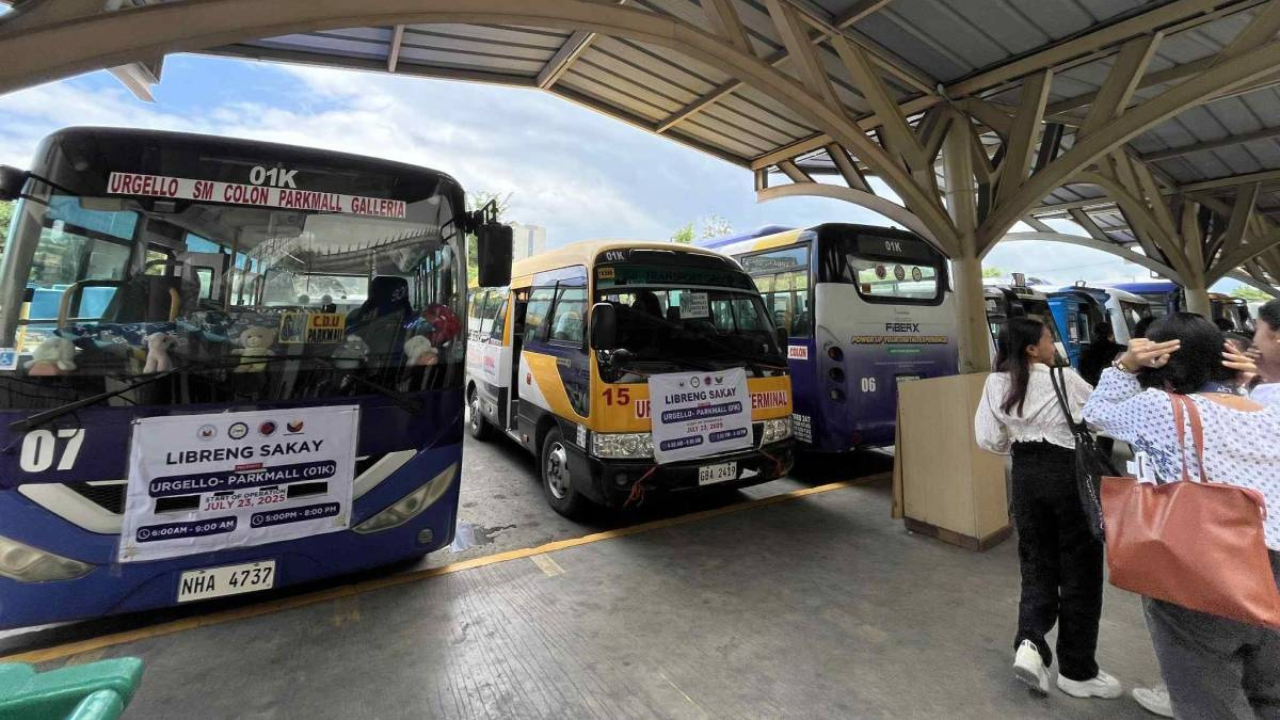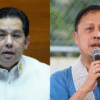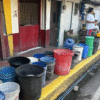
chevron_left
-
 play_arrow
play_arrow
105.1 TMC 105.1 TMC
-
 play_arrow
play_arrow
Cebu Calling Podcast Kuya Magik
“Libreng Sakay” Service in Cebu Falls Short: Only Half the Buses Serve

share
close
“Libreng Sakay” Service in Cebu Falls Short: Only Half the Buses Serve
When the Department of Transportation (DOTr) launched the Libreng Sakay (Free Ride) program in Cebu on July 23, 2025, there was a promise: free public transport during peak commuting hours along one of Metro Cebu’s busiest corridors, covering the route between V. Urgello Street in Cebu City to Parkmall in Mandaue City.
The program was to run from 6:00-9:00 a.m. and 5:00-8:00 p.m., with weekends and holidays included. MPUVs (modern public utility vehicles) servicing the 01K route were to provide this service.
But since its inception, the program has broadly failed to meet those expectations in practice. Of the 100 buses that were supposed to be in operation, only about 50 are regularly running during the designated windows.
Commuters have lodged complaints with the Cebu City Transportation Office (CCTO), especially over missing buses during early morning hours. According to Cebu City Councilor Winston Pepito, chair of the transportation committee, roughly only half of the 100 assigned MPUVs on the 01K route reliably serve the free ride program.
Monitoring via GPS, overseen by the Land Transportation Franchising and Regulatory Board (LTFRB) regional office (LTFRB-7), confirms many units are not leaving their garages or are skipping the required service hours entirely.
When challenged, operators offered some explanations: that drivers take breakfast breaks around 6:30 a.m., and that delays in putting up the required “Libreng Sakay” stickers have slowed full deployment.
Drivers, speaking on condition of anonymity, painted a different picture. One key issue: under the program’s rules, drivers are limited to two service windows per day—morning and evening. Outside those windows, they receive no subsidy and must absorb fuel and operational costs themselves. This means that even if demand is high beyond those hours, the incentive to continue operating is low.
Also, earnings are not directly tied to how many trips drivers make. Each MPUV is allocated about ₱3,500 per day from the government’s daily subsidy pool (which totals around ₱350,000 for the route). But those funds go to operators, not to drivers. Drivers get a reduced rental or boundary fee independent of whether they fulfil multiple runs or only the minimum required.
For the daily riders between Cebu City and Mandaue City, the results are obvious: long waits, packed buses when available, and many forced to resort to jeepneys or motorcycle taxis. The promise of a free, reliable ride seems not just unmet but in some cases misleading.
This is particularly frustrating during morning peak hours, when missing buses produce the biggest disruption. Commuters depend on the schedule, and deviations mean extra costs or delays.
LTFRB-7 has said it will use its GPS-based monitoring not only to track the awarding of subsidies but also to identify operators and drivers who fail to deploy units as required. Repeated lapses could result in demerit points or sanctions.
Operators have said they will cooperate. Some measures proposed include scheduling adjustments to prevent break times from coinciding with peak demand, and disciplining drivers who don’t comply. However, many details of enforcement are still vague.
While the program has secured funding through 2028, with government subsidies earmarked for the 01K route (estimated at about ₱150-160 million), its success depends not just on money but on good design and implementation.
Key questions remain: Will the rule limiting service windows be revised? Can subsidy distribution be restructured so that drivers are more directly rewarded for actual work done? And will the oversight mechanisms be strong enough to ensure reliable service for commuters who depend on it?
The Libreng Sakay program in Cebu came with high hopes: easing commuter burdens, reducing transport costs, and enhancing mobility. Yet halfway through its rollout, it’s clear that while funding is in place, performance is lagging. For thousands relying on free rides along 01K, the promise has been only partly fulfilled.
Whether the promise can be redeemed will depend on adjustments to policy rules, subsidy structure, and enforcement—before commuters’ patience runs out.
Written by: topsmediacenter
Rate it
Latest posts
Current show
Upcoming shows

News Bites
9:30 am - 10:00 am

Top Of The Morning
10:00 am - 1:00 pm

The Magik Hour
1:00 pm - 2:00 pm

TMC Local Flavours
2:00 pm - 7:00 pm

Stellar Spark Show
7:00 pm - 8:00 pm
All rights reserved - Copyright 2025 - Tops Media Center









